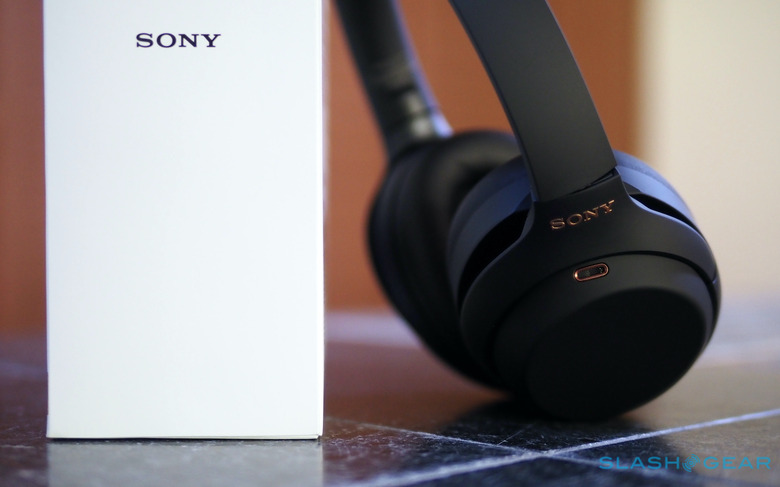Sony WH-1000XM4 Review: Noise-Canceling Headphones Fit For 2020
- Excellent active noise cancelation
- Multipoint Bluetooth pairs 2 devices at once
- 30+ hours of battery
- Almost every item on the WH-1000XM3 wishlist is answered
- Not waterproof
We may receive a commission on purchases made from links.
Active noise canceling headphones like Sony's new WH-1000XM4 have quickly gone from a luxury to a must-have, as our homes evolve into remote offices and schoolrooms. At the same time, with most travel on hold, what we expect from a set of isolating headphones has changed dramatically. In some ways that fits the WH-1000XM4 just right, as Sony tries to refine its already well-esteemed flagship.
It's been two years since the Sony WH-1000XM3 abruptly demonstrated that Bose and others had some serious competition in the ANC space. Since then we've seen refinements courtesy of software updates, not to mention a true-wireless earbud version arrive. The big upgrade, though, comes to bring some silence to the 2020 hubbub.
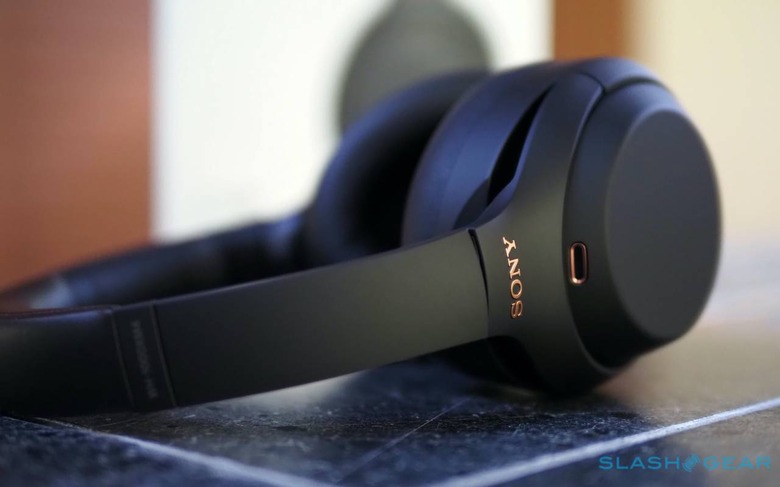
At $349.99 the WH-1000XM4 are priced the same as before, and they look almost identical too. There are still black and silver versions, each with a matching carry case with space for a USB-C charging cable and 3.5mm cable, and the build remains sturdy plastic with metal in the key parts. Look closely and you'll see the headband badging has changed.
That's not the only tweak, mind. Sony has made the earpads a little larger, and expanded the interior cavity too. That increases the chance of them sitting around your ears rather than on top of them, as with Beats' Solo Pro, which can get uncomfortable after a while. The headband has been slimmed down a little too, hardly noticeable but helping trim some overall bulk. As before, they fold in on themselves for easier transport, and I'm confident enough in the sturdiness to drop them in my bag without always bringing the case.
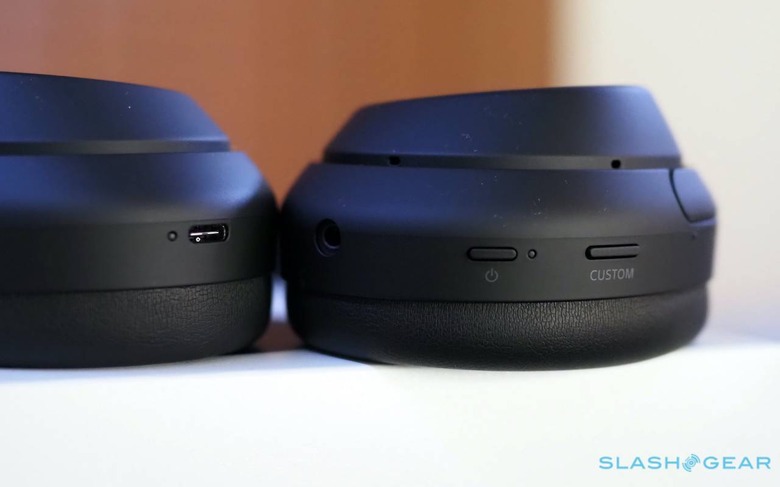
Sony tells me the cold weather control issues that some discovered with the old headphones have been fixed, but I'll have to wait until things get chilly to actually test that it. It also says the new version are a gram lighter than before, but frankly the WH-1000XM3 were always comfortable in my experience, and the WH-1000XM4 are more of the same. I'm also relieved that Sony didn't change the headphones' controls, either. You can tap and swipe one earcup to navigate through playlists and answer/end calls, while the old "NC/Ambient" button is now called "Custom" to better reflect the fact that it's programmable. In the Sony Headphones app you can set it to flip between the ANC and transparency modes, or to trigger your choice of assistant, like Amazon Alexa or the Google Assistant.
A new sensor inside the left earcup tracks when you're wearing the headphones, and can automatically pause playback when you remove them. That was one of my few requests when I reviewed the WH-1000XM3, and it works as you'd expect. You can still hold your hand atop the right earcup and temporarily activate transparency mode, with the headphones piping through external audio so you can hear announcements or respond to family members as they distract you.
New is Speak to Chat. Turn it on, and the WH-1000XM4 listen out for you speaking with the five microphones built in, and automatically pause music if you start speaking. Stop, and after a customizable 15-60 seconds the music comes back. It works surprisingly well, and you can adjust the sensitivity in the Headphones app, unless of course you like to sing along in which case you'll probably want to disable it.
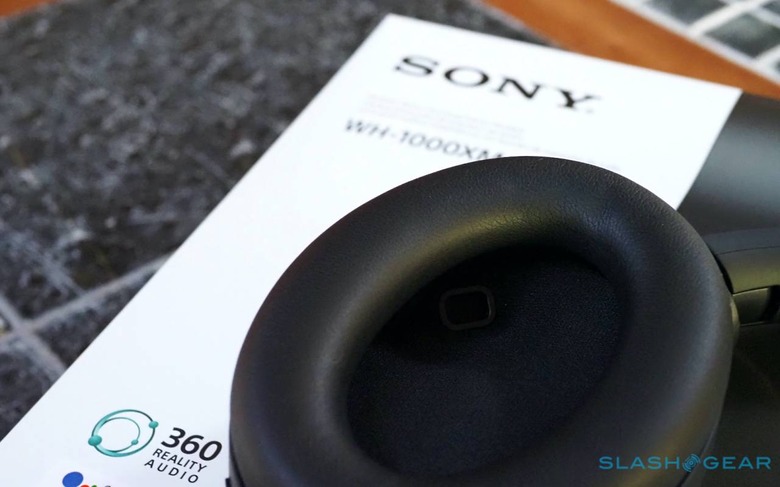
Inside, the Sony QN1 audio processing chip still takes center stage, only with revamped firmware. To be blunt, the old headphones were pretty darn great at ANC, and so the improvements in the WH-1000XM4 are evolutionary rather than revolutionary.
What has changed dramatically is where I was using them. Their predecessors predominantly proved their worth on planes; since, like so many people, I've been effectively grounded in the past few months, the new headphones are proving their worth in more domestic environments. There, the ANC's new-found talents at squashing out mid- and high-frequency sounds are actually more useful, since they do a better job at keeping out my spouse's voice on work calls, or noise from the street outside.
You can still manually tune the level of ANC used, or alternatively leave the WH-1000XM4 to automatically adjust it depending on ambient conditions and whether you're walking, sitting down, traveling, or in other circumstances. I'll be blunt, though, you'd need to really pit current and old headphones side by side to tell the absolute difference in noise canceling performance.
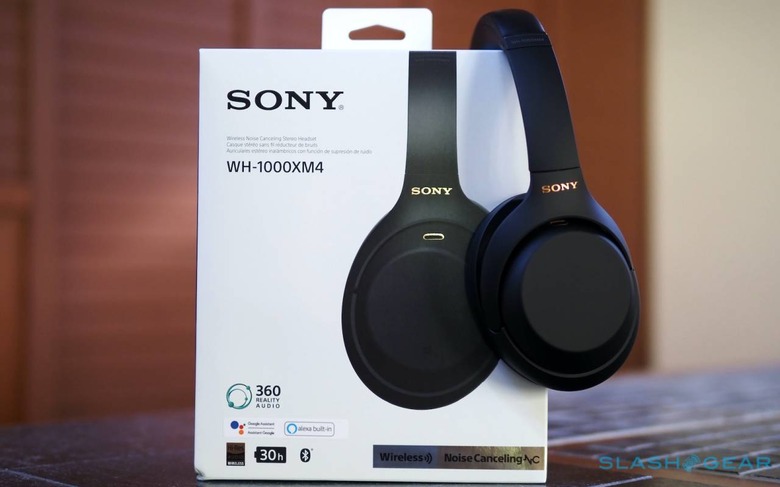
That's much the same with DSEE, the algorithms Sony promises will upscale your music. Maybe it's better, but my ears can't really tell. You can listen to SBC, AAC, and LDAC but AptX has mysteriously disappeared. You do get Sony 360 Reality Audio support, though that's only useful if you subscribe to a service that provides so-encoded files.
Even without that, the WH-1000XM4 sound great. Plenty of bass, with the ANC helping give space to the mids and highs without making them over-pronounced. That pays dividends for extended wear, since you can keep the volume a little lower without missing detail.
Where the main improvements come is around general usability. Android Fast Pair is supported now, if you're using the WH-1000XM4 with an Android device, and there's also proper Bluetooth Multipoint. I could have the headphones simultaneously paired with my phone and my laptop, and more quickly flip between the two, which is a real plus when you're working from home.
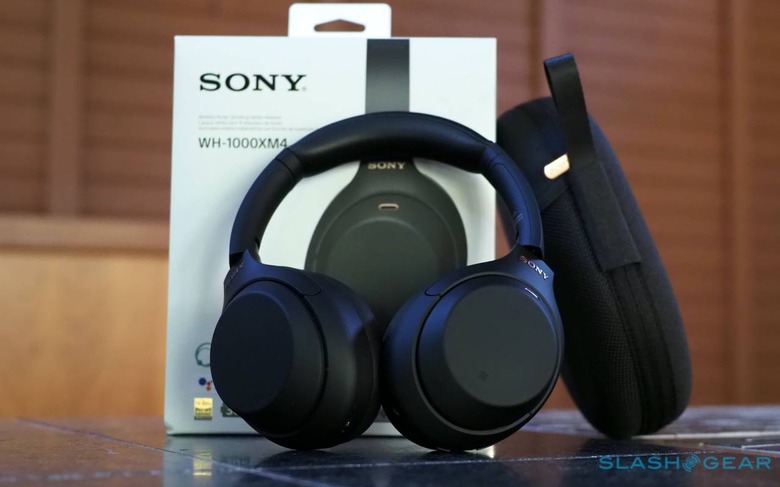
As for audio quality in calls, Sony says its Precise Voice Pickup system should address some of the criticisms the old headphones received. Callers definitely preferred how I sounded with the WH-1000XM4 versus the WH-1000XM3.
Battery life remains the same as before, at 30 hours with ANC active or 38 hours with it turned off. Sony says you'll get sufficient charge for 5 hours of playback after just 10 minutes plugged in. Nonetheless, it's nice to know that even if I neglect to charge the WH-1000XM4 they'll still hold up for multiple trips – assuming I was taking them.
It's not all perfect, unsurprisingly. There's no water or dust resilience rating, and it would be nice if you could simultaneously charge and use for audio a USB-C connection to your laptop. Nitpicking? Certainly, though that's really just because the WH-1000XM4 are otherwise so good.
Sony WH-1000XM4 Verdict
There's always a risk when a much-loved product gets an update that some of the magic will be lost along the way. Sony has, wisely, left well alone in the places where its old ANC headphones were most praised. Instead, by focusing its attentions on where previous reviews complained, the WH-1000XM4 just get that little bit better day to day.
Multipoint Bluetooth, better in-call voice quality, and small but successful tweaks to the active noise cancelation make these my go-to ANC headphones. They remain competitively priced at $350, too, though some of the close-out deals available on the old WH-1000XM3 are certainly tempting. For now, while travel may be on hold that doesn't mean home life is any quieter, and the Sony WH-1000XM4 are a welcome bubble of isolation amongst the madness.

